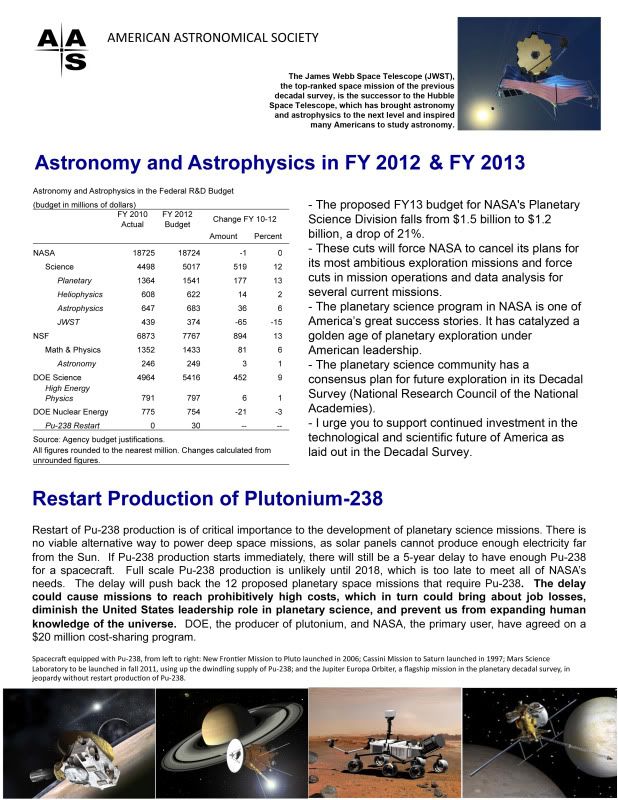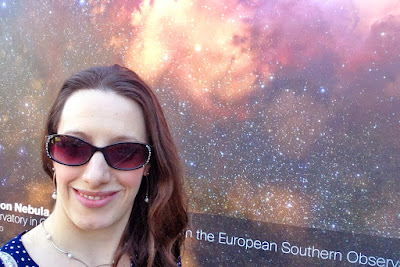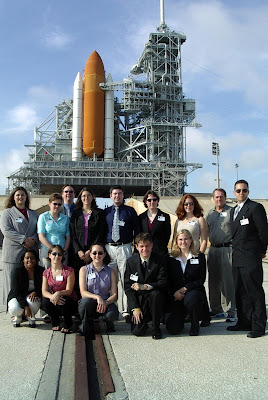Getting
to downtown Orlando from the coast is not an easy drive for me, but I
wasn't going to pass up the chance to miss this talk, sponsored by my
doctoral university. I don't mention it much, but since childhood,
I've been an Egyptology geek. I named my childhood cat Cleopatra and
my grad school cat (still living) Nefertiti. I even considered
ancient Egyptian names for my child. Around my house, you'll a spot
Bastet statuette, an ankh mirror, and I just splurged on an Isis wall
plaque (the goddess, not the terrorist group). Since childhood, it
has been my desire to learn some basic hieroglyphics and visit the
ancient sites of Egypt, though the turmoil in that part of the world
makes that goal so difficult.
I saw a
lecture by Dr. Sarah Parcak at the National Space Science &
Technology Center when I lived in Huntsville 7 or 8 years ago. Most
lectures go in one ear and out the other, but I remember this one.
Her team uses satellite imagery and remote sensing techniques to
discover previously unknown archaeological sites. From that talk
years ago (unless I'm getting it confused with another), she even
described how she can mark how the Nile River has changed position
over time.
 |
| A Digital Revolution: Archaeology from Space by Sarah Parcak - September 23, 2015 |
Sarah
Parcak began her talk last night by giving us good news: increased
number of remote sensing satellites and improvements in the
technology to lower costs have removed barriers to entry for her
work. Imagery resolution has increased and image processing
techniques have been improved, but there are more improvements to be
made. Her advice to students: fail continuously to finally learn what
works. I can relate to that advice.
Using a
combination of image analysis, spectroscopy (I assume that's what's
meant by chemical signatures), and lidar via satellites and aircraft,
she is able to locate and identify previously unknown buried
structures. She displayed a picture of rectangles and called them
tombs, easily identifiable by their shape. She described the
differences in moisture signatures and topography in Egyptian sites
compared to the surrounding environment. Lidar can model the ground
terrain through trees. Stunted roots in vegetation are another
indicator of a buried structure. Satellite and aircraft work
complement ground work.
She
pointed to another image and explained that she can identify palaces
and other residential areas. From understanding that higher class
individuals would live closer to the palace, she can infer ancient
class systems and how those people lived and worked.
 |
| Pointing out the details from the satellite imagery - September 23, 2015 |
It's
impossible to know how many unknown sites in Egypt are left to
discover, but if I heard her right, she estimates that only 0.001%
are known! Her map of possible newly discovered sites in Egypt is
extensive, far more than she can possible explore. Although her focus
is primarily Egypt, she also works in other areas of the world such
as Romania, Italy, Jordan, Viking territory, and even Alabama where
she's based.
Looting
and urban growth are a big problem. Looters use the same technology
as she does to identify sites and profit from black market sales. As
cities expand, unprotected ancient sites can become damaged in the
growth. She advised that anyone who wants to see these sites should
go now. I wish that I could!
Her work
is inspirational to me. I spent my astronomy research years remotely
sensing outward and my latter time at CASIS focusing on Earth
observation remote sensing from the International Space Station for
terrestrial benefit primarily for business/commerce. Space archeology
is an application of space technology to inform of us our own human
past. I can totally get behind that.































